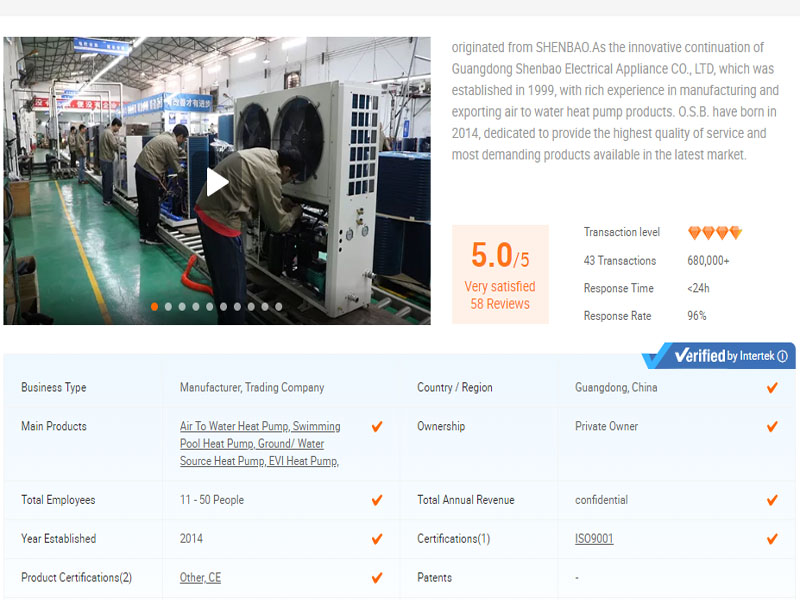
7. After the main engine is started, carefully observe whether the compressor current is normal.
If the following faults are found, such as trip control circuit fault indication, etc., they can be started only after checking and finding out the cause. If the exhaust temperature of the compressor is too high, it indicates that there is excessive air in the unit system that has not been exhausted and should be discharged. Sometimes there will be water flow failure. The system can only be started when the flow rate of water reaches more than 1.3 m (to avoid freezing the heat exchange). Check whether the flow switch is installed correctly. If it is not appropriate, change it before starting.
8. Check whether the outlet water temperature of the main engine is consistent with the displayed value.
When the actual outlet water temperature of the air source heat pump is inconsistent with the value displayed on the unit control panel, check whether the temperature sensing device is in good contact or the position is correct. Generally speaking, the temperature sensing probe inside the equipment will not be damaged easily. It is more likely that the sensor installed by the user will be damaged. If the sensor is damaged, it needs to be replaced again.
9. Preheat before starting.
If the car doesn't run for a long time, it usually needs to be warmed up first. The same is true for the heat pump host. Generally, the compressor should be preheated before starting. The power supply of the unit should be connected in advance to ensure the preheating time of more than 8 hours, so as to avoid damage caused by the forced start of the compressor.
10. Do not start or stop the machine manually during the test run.
During the test run, the compressor shall be shut down for less than 3 minutes. Do not manually start up again. Do not stop the machine manually if it runs for less than 6 minutes. If the compressor is turned on and off frequently in a short time, the service life of the compressor will be reduced.

